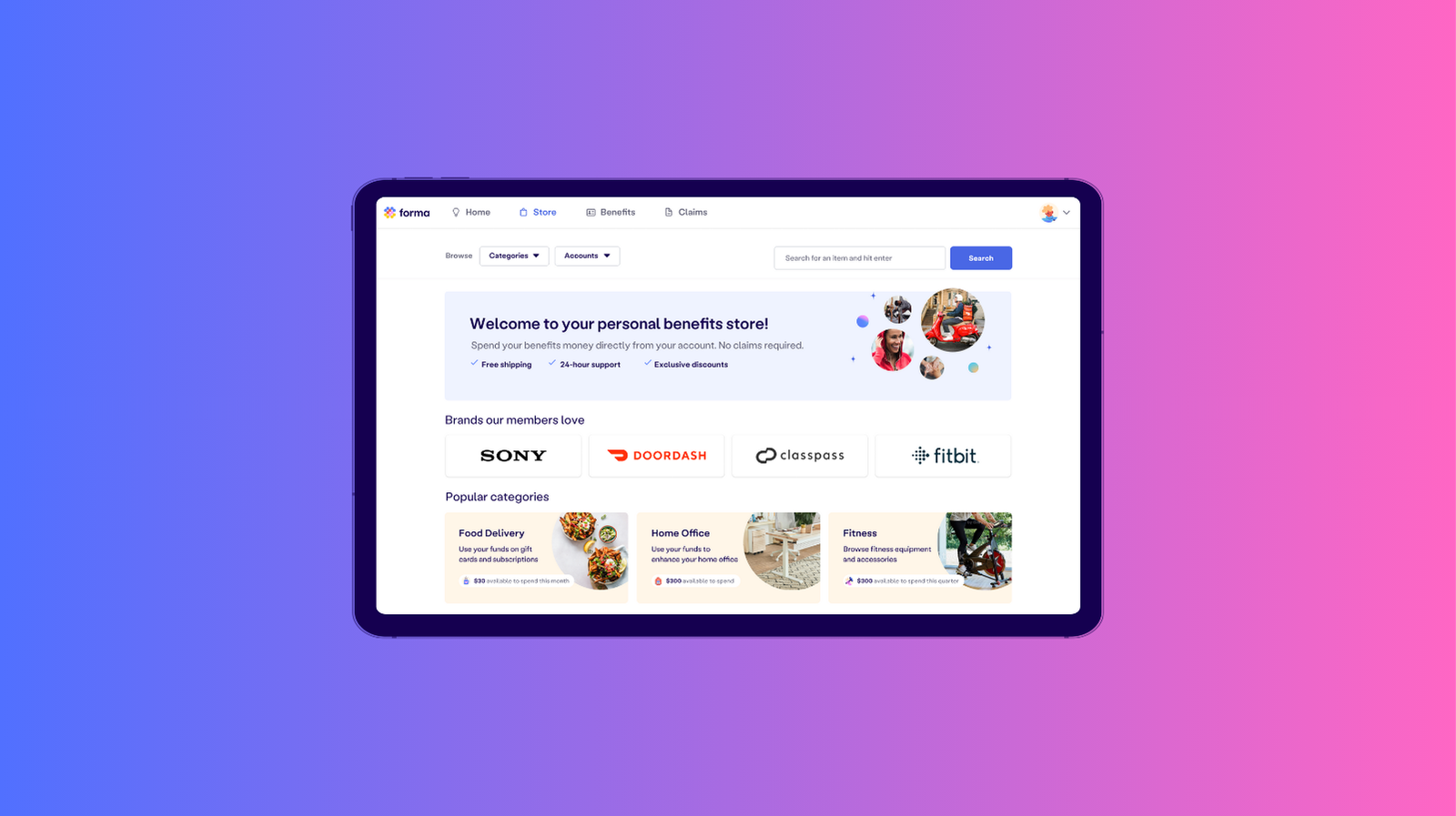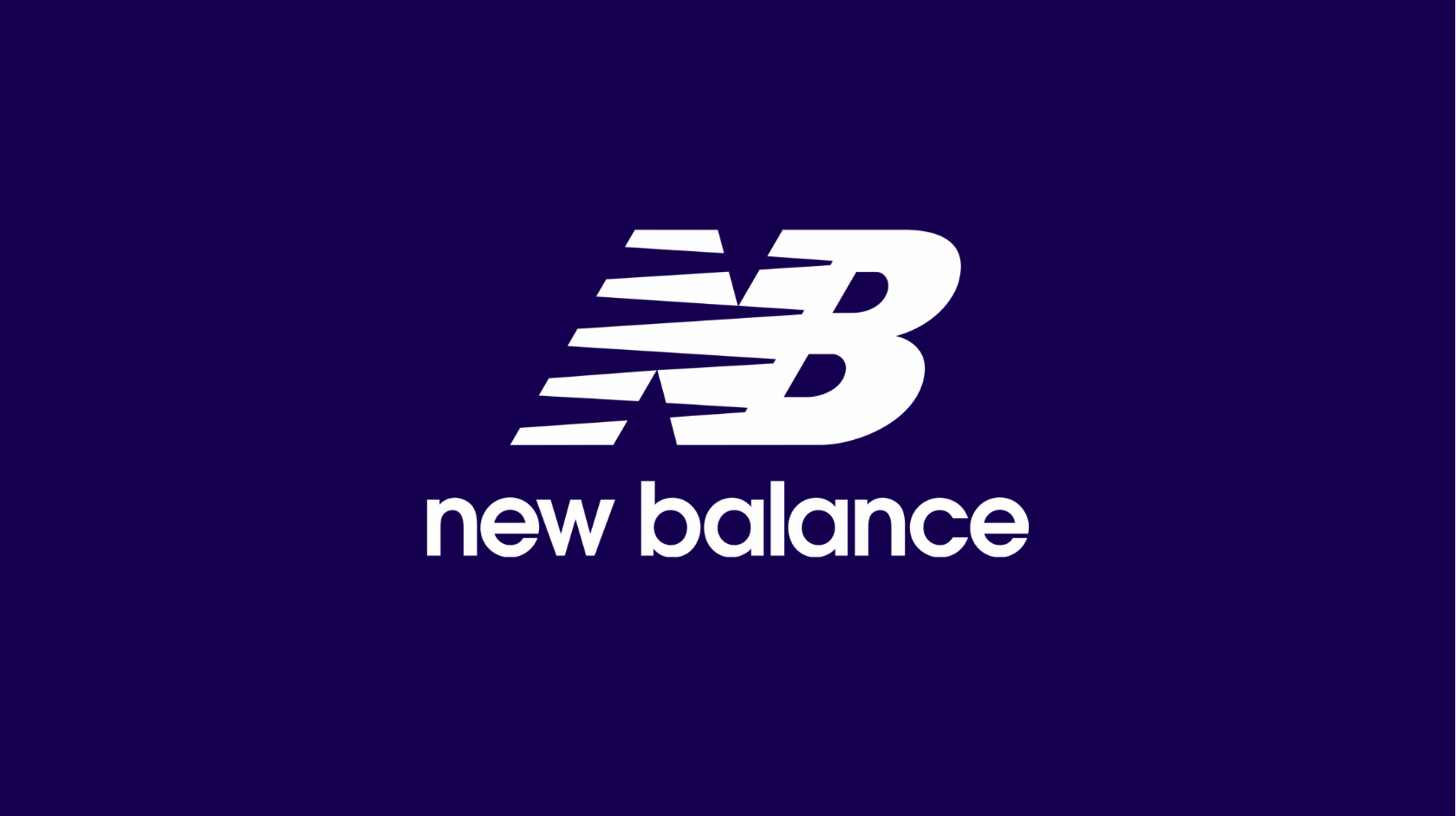
Prevent employee burnout and support mental health with customizable spending accounts
Learn 5 steps business leaders can take to create custom spending account programs that decrease employee stress and prevent employee burnout.
In this piece
The importance of mental health support
Today’s companies are in a historically unprecedented position, facing an uber-competitive hiring market and massive shifts in workforce dynamics. The state of the market has put a great strain on enterprises and employees alike. While many have risen to the occasion, employees are struggling to keep up with growing responsibilities and limited resources.
The effects of these pressures are increased levels of employee burnout and disengagement, which can ultimately perpetuate the cycle. In fact, 81% of employees feel at risk of burnout, according to a 2022 McKinsey survey.
Many organizations are realizing that the solution to this conundrum is to put employees’ needs front and center. Hybrid and remote employees have new, unique needs when it comes to mental health that should be reflected in employer-sponsored benefits programs. Without support to manage the competing demands of work and home life, burnout poses a significant threat to both employee mental health and organizational stability.
Why addressing employee burnout matters
The World Psychiatry Organization defines employee burnout as a psychological syndrome stemming from stressors at work. Those experiencing burnout often wind up disengaged from their jobs, weighed down by fatigue and a blurring of work and personal life. In addition, burnout leads to stress, which compromises mental health. The signs of burnout include exhaustion, frequent mistakes, disengagement, depression, and cynicism.
In order to care for their employees and mitigate the deleterious effects of burnout to both individuals and organizations, companies should provide mental health support programs and services. One of the most natural and effective ways to start is by introducing or expanding Lifestyle Spending Account (LSA) programs.
LSAs are essentially employer-sponsored accounts that employees can use to pay for eligible expenses. Giving employees flexible benefit options they can select that truly meet their needs and support their goals should be an integral part of a company’s overall business strategy: By putting the power of choice in the hands of each individual employee, organizations can expect a healthier, more engaged, and more loyal workforce. Below are five steps a company can take to support employee mental health with flexible benefit spending accounts.
1. Prioritize a wellness account to support employees’ mental health.
By giving workers the autonomy to choose their ideal benefits, you allow them to take control of their wellness. A wellness spending account offers team members autonomy, which often translates into activation. With a variety of options to choose from, a wellness spending account provides truly customizable benefits that encourage team members to participate to a greater extent in their own wellness journey.
Wellness spending accounts that cover everything from meditation courses to counseling can help meet employees where they are. This approach allows employees to choose the mental health prevention or treatment modality that suits them best. In addition, employees feel empowered and appreciate the trust their employers place in them. The net effect is enhanced engagement and loyalty.
Furthermore, investing in employees’ well-being also helps with recruitment. Prospects are drawn to companies that offer competitive benefits packages—often more so even than base compensation, according to SHRM. Wellness initiatives such as spending accounts can fill gaps in existing health plans, helping cover certain expenses that don't fall under their insurance purview.
2. Provide caregiving support to improve employee focus.
According to the Family Caregiver Alliance, one in six workers reports caring for an elderly or disabled family member. Half of them said they feel they don’t have a choice, and that they juggle their jobs and dependents in silence. Meanwhile, on the other end of the spectrum, a Care@Work survey found that 73 percent of working parents with children under 15 years old considered making major changes at work. Those changes ranged from complete schedule upheavals, looking for a new job, or pulling out of the workforce entirely.
Work is the full-time job many employees get paid for, while caregiving is the full-time job they volunteer for. When employees don’t have access to the caregiving infrastructure they need, they are essentially working two full-time jobs with the pay of one. Thus, ensuring that your customizable spending accounts cover dependent care expenses is imperative for lightening the burden on employees who double as caregivers.
By unburdening the parents in your workforce, you can drastically reduce their stress and anxiety levels. Instead of worrying about their children or elderly relatives during working hours, they can focus on the tasks at hand. Funding for childcare subsidies can also be tax-advantageous to organizations – there is a substantial tax credit for funds spent on qualifying expenses.
3. Promote peace of mind with time off and travel.
For remote/hybrid workers, disconnecting from work may be more challenging than you’d think: Their work and personal lives intertwine as at-home responsibilities like chores and childcare blend together with work responsibilities. For example, limited home or apartment space makes it hard for some to separate the workspace from the bedroom. In fact, claim they can't unplug from work, citing the inability to take time off or a lack of clear boundaries.
In addition, managers may struggle to maintain boundaries with their remote team members by sending messages outside traditional work hours. They may also neglect to take their own PTO, influencing those underneath them to forgo a break. When business leaders and managers lead by example, other team members feel more inclined to book that trip they've been putting off.
Organizations should do everything they can to encourage employees to take time away from work. Time away is critical to de-stressing, preventing employee burnout, and living a full and balanced life. When employees are given support and encouraged to use their PTO, they often return to work reinvigorated. Create a culture that values life beyond work by integrating travel and time-off benefits with customizable spending accounts.
Employee spending accounts that offer travel and PTO coverage encourage team members to unplug from work. A travel spending account is an easy way to both demonstrate your organization values time off and support employees in taking it. Funds can be used for covering the costs of a trip, using a travel planning service, or even a local adventure during PTO.
Consider this real-life example: The CEO of Denver-based software company FullContact Bart Lorange pays his employees to take vacations. After one year of employment, workers receive $7,500 annually to put towards a vacation. However, they must agree not to contact work while they're away. Lorange attests to his employees returning recharged and refreshed after returning from their "forced" trip.
4. Invest in employee development to boost job satisfaction.
Landing a new job shouldn't mean the end of an employee's career development and education. When employees take advantage of professional development resources, they display increased productivity and job satisfaction. Employees want to feel like they're growing in their job rather than just existing. By designing an LSA for learning and development initiatives, you can make career advancement one of your organizational goals.
The business world seems to change every day. Lessons learned in college or even last year may no longer apply to modern trends. Investing in ongoing employee growth is imperative for reducing stress and employee burnout, making employees feel valued and also ensuring you have a skilled and up-to-date workforce. With a learning and development spending account, employees can take continuing education courses, pay for learning subscriptions, study a second language, and more.
5. Encourage feedback to inform program adjustments.
Unfortunately, you may not notice the signs of burnout immediately—and it's often too late once you do. Stay ahead of stress by asking for regular feedback from your workforce regarding their benefits. Do they cover their needs? Are there other benefits you should consider? Do some employees feel alienated by their current benefits? It’s imperative that you promote a culture of openness, so employees feel comfortable expressing their concerns.
Begin by surveying employees about any room for improvement in their current benefits packages. However, it's important that you determine what benefits you can realistically offer as a company. If employees express a desire for a benefit you can't provide, you may do more harm than good by overpromising.
Onboarding is a particularly excellent time to petition feedback from new hires. They may be overwhelmed with training, and don't have time to think unprompted about what they want out of their benefits. Don't overlook this step when bringing on new team members. Ensure they sit with your HR heads to go over how to use benefits, what works for them now, and what'll become available. Then ask if they have any lingering questions concerning their customizable spending accounts, or if they're looking for any benefits not mentioned in the meeting.
Support employee needs with Forma
With so many areas to consider, managing your LSAs can be burdensome on your managers and HR staff. While you aim to prevent burnout among your team members, don't neglect those in charge of managing the program itself. Thankfully, services like Forma can keep your customizable spending accounts from overwhelming your management team.
With Forma, you can keep all your LSAs secure on one digital platform. Forma’s platform makes it easy for HR managers to track expenses, claims, and utilization while employees discover and activate the benefits that are best for them.
Get a head start on preventing burnout with flexible employee spending accounts and benefits packages. Discover how Forma can work for you today.









.png)


